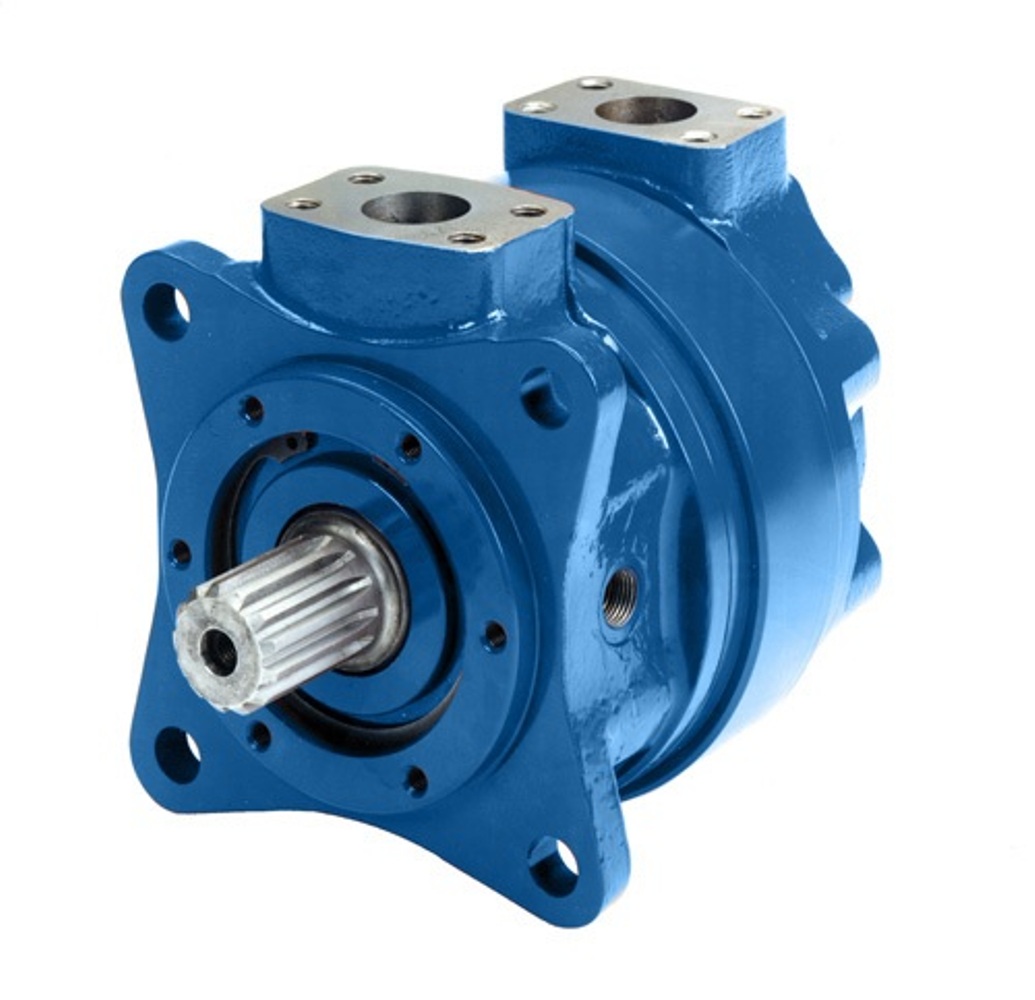
The global market for rheumatoid arthritis treatments is expected to grow at a CAGR of...
Learn More
Our consulting solutions address company specific challenges with respect to micro environment...
Learn More
Organizations frequently need day-today research guidancein order to gain strategic...
Learn More
Exploring different areas of market research and market analysis is a key factor...
Learn MoreAcute Market Reports presents the most extensive global business research services across industries. Our research studies focus on potential outcomes, benefits, and risks associated with each market segment across geographies. Having served our global clients for more than 10 years, our prime priority is to enable our clients in making well-informed business decisions through a data-driven, analytical, and uncomplicated research approach.
We provide access to the world's most comprehensive, analytical, and updated business intelligence services and solutions.




The wholesale & distribution automotive aftermarket industry is a crucial segment within the broader automotive sector, focusing on the distribution and wholesale of automotive parts, accessories, and components after the sale of the vehicle. This industry plays a...
Read More
The exoskeleton market, a burgeoning sector in the field of wearable technology, is poised for remarkable growth with an expected CAGR of 35.3% during the forecast period of 2025 to 2033. The exoskeleton market is poised for robust growth from 2025 t...
Read More
The hydraulic motors market is expected to grow at a CAGR of 3.8% during the forecast period of 2025 to 2033, driven by technological advancements, demand from the construction industry, and a growing emphasis on sustainability. However, supply chain...
Read More




